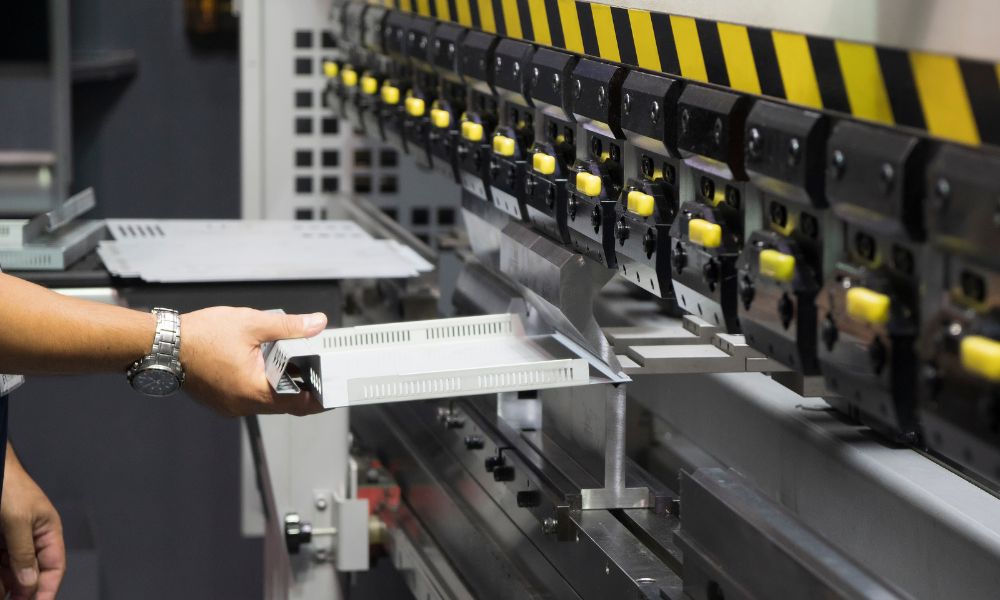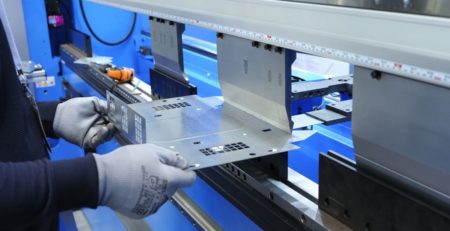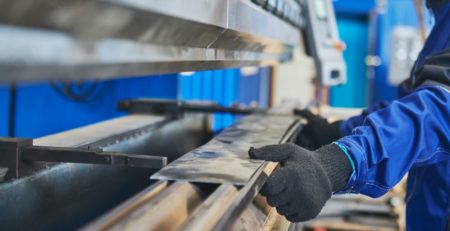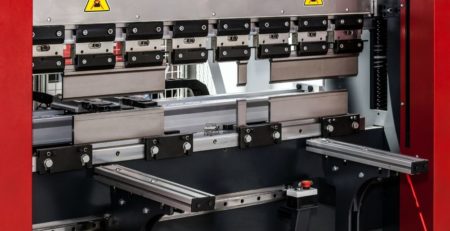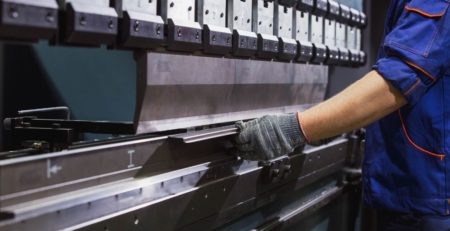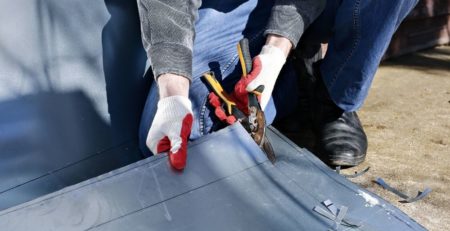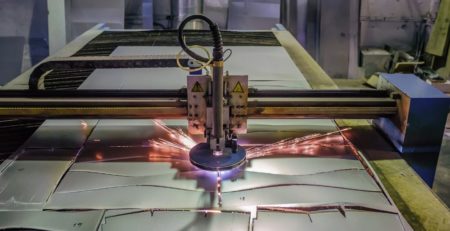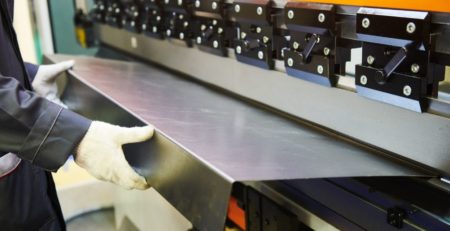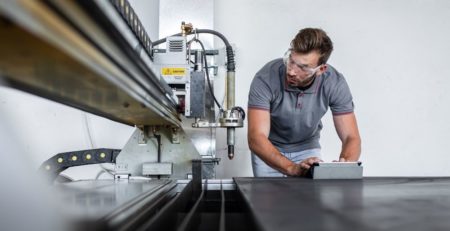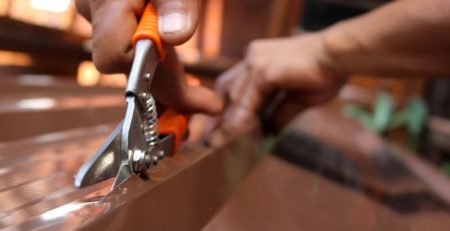5 Custom Sheet Metal Fabrication Techniques
Metal fabrication shops manipulate sheet metal in many different ways to create the sizes, shapes, and appearances their customers desire. Anytime these operations cut metal to specific measurements, they are preparing a customized product. They commonly use these five custom sheet metal fabrication techniques to produce the required metal forms.
Rolling
In its most fundamental form, the metals that fabricators work with begin as ingots—large rectangular chunks of metal. To create sheet metal, metalworkers use machinery that feeds these ingots through large rollers that flatten them into sheets of a specified thickness. The result is a flat piece of sheet metal of uniform thickness.
Cutting and Bending
Sheet metal is usually cut or bent into the desired size and shape. Metal fabricators can make precise and intricate cuts in metal because modern fabrication machines are computer controlled. Thus, a single sheet of metal can be cut to display a decorative design or curving, angular, or serpentine shapes.
Cutting machines may use traditional lathes, laser and plasma cutters, or water jets to produce the desired size and shape.
With the proper equipment that can accommodate long or wide pieces of sheet metal, fabricators can achieve nearly any shape. Tandem press brake machines can handle very long metal segments and press them into exactly the same angles so that they will fit seamlessly as components of larger structures.
Stamping
A popular custom sheet metal fabrication technique is stamping. Powerful machines can stamp a decorative pattern into the surface of sheet metal. Stamping is also a practical technique that can punch holes through metal or create depressions and raised areas to accommodate parts and additional metal pieces.
Welding
Joining metal together by welding is a long-standing fabrication technique used in pipe joining and in producing custom parts that must be sealed together. Welders have a variety of tools and techniques at their disposal, and modern shops use robotic and laser machines to weld metal pieces together.
Beam Coping
Architectural designs require support beams that fit together without interference from other elements of the structure and without compromising their ability to support the structure. Precision is essential when cutting notches in beams to create the proper fit; this process is called beam coping. Shops equipped with beam coping machines produce structural steel beams for use in commercial buildings or metal joists and studs for use in residential construction.
These techniques require top-quality precision machinery. Mac-Tech can supply the machines your shop needs to expand your ability to offer custom metal fabrication services.

